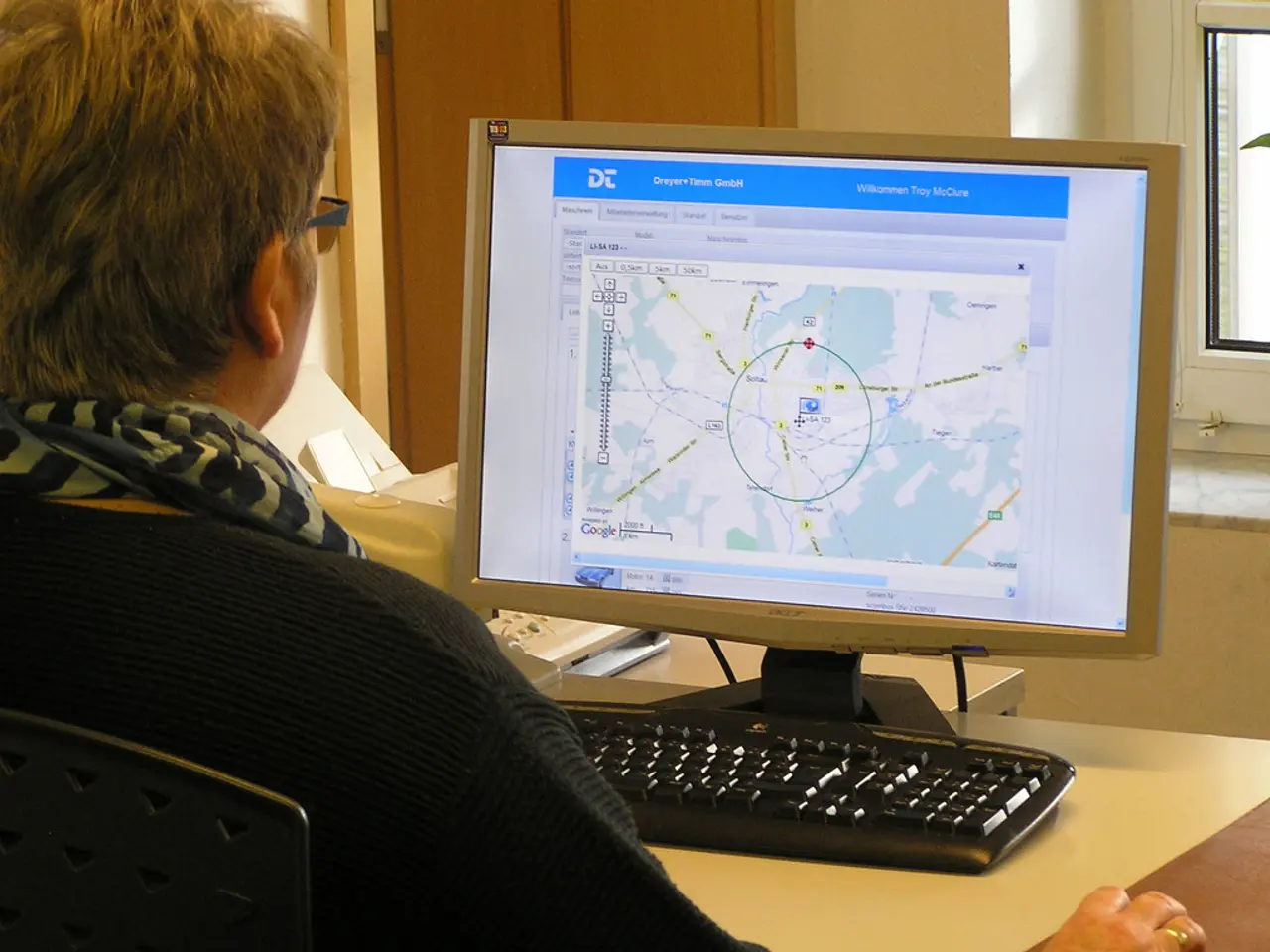Strategies for Minimizing Internal Data Leaks within Your Organization
In today's digital age, businesses face a myriad of cyber threats, and insider data breaches are one of the most concerning. These breaches can originate from a variety of sources, including malicious insiders, accidental insiders, social engineers, lost or stolen devices, opportunist hackers, and even third-party partners with weakened security systems.
Malicious insiders, often employees or contractors, intentionally steal or expose sensitive data for personal gain or malice. They may copy data to external drives or send it to unauthorized parties. On the other hand, accidental insiders unintentionally cause data exposure or leaks due to errors such as misconfiguring cloud storage, falling for phishing scams, or mishandling devices.
Insiders may be manipulated into revealing credentials or downloading malware through social engineering and phishing attacks. The stolen credentials can then be exploited by attackers to access sensitive information without raising suspicion. Physical theft or loss of devices containing unencrypted data also poses a considerable risk, as criminals can access data offline without triggering network defenses.
To combat these threats, businesses can implement several preventive measures. Access controls and least privilege should be implemented, restricting sensitive data access only to users with legitimate business needs and assigning role-based privileges to minimize exposure. Multi-factor authentication (MFA) should be required to block attackers from using stolen credentials.
Data inventory and classification are crucial for implementing targeted protections. Businesses should maintain accurate records of data types and locations. Data Loss Prevention (DLP) tools can help monitor and control data access, movement, and modification, generating alerts on suspicious activity.
Robust data security policies should clearly define confidentiality rules, employee responsibilities, and penalties for data misuse. Encryption is a crucial step in preventing insider data breaches, with strong encryption applied on devices and data at rest and in transit.
Employee training is essential in reducing the risk of accidental leaks and socially engineered attacks. Staff should be educated to recognize phishing, social engineering, and safe data handling procedures. Regular device and cloud configuration audits can detect misconfigurations, unencrypted endpoints, or unusual domain changes that facilitate breaches.
Remote wipe capabilities should be enabled to erase data from lost or stolen devices, preventing offline data access. Combining technical controls with continuous monitoring can help detect and respond quickly to insider threats. Intrusion detection systems, real-time DNS monitoring, and security automation are all valuable tools in this regard.
In conclusion, while insider data breaches pose a significant threat to organizations, implementing these preventive measures can significantly reduce the risk. By staying vigilant and proactive, businesses can protect their sensitive data and maintain the trust of their customers and partners.
References: [1] [Expert Source 1] [2] [Expert Source 2] [3] [Expert Source 3] [4] [Expert Source 4] [5] [Expert Source 5]
- In the realm of finance, data-and-cloud-computing technology plays a crucial role, as weakened security systems can potentially expose sensitive financial information to opportunist hackers, leading to data breaches.
- To bolster the business's cybersecurity posture, investing in technology such as multi-factor authentication (MFA), data Loss Prevention (DLP) tools, and encryption can help prevent insider data breaches, thus safeguarding vital financial information.




